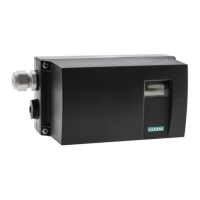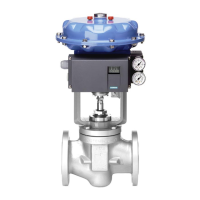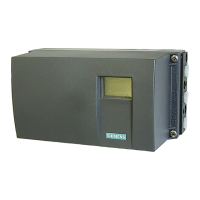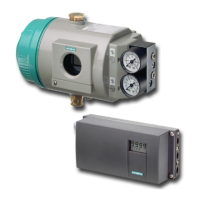3XOVHOHQJWK
,03'1
3XOVHSDXVH
3$873
3XOVHOHQJWK
,0383
3XOVHSDXVH
3$873
5DQJHRIQHJDWLYHFRQWUROGHYLDWLRQ
)DVWVWHS]RQH
SHUPDQHQWFRQWDFW
)DVWVWHS]RQH
SHUPDQHQWFRQWDFW
[G
9DOYHRSHQV
[G
9DOYHFORVHV
6ORZVWHS]RQH
YDULDEOHSXOVHGXW\IDFWRU
'HDGEDQG
3XOVHGXW\
IDFWRU
WR
5DQJHRISRVLWLYHFRQWUROGHYLDWLRQ
6ORZVWHS]RQH
YDULDEOHSXOVHGXW\IDFWRU
Figure 3-9 Functional principle of five-point controller
Small control deviations do not send control pulses in the zone. This takes place in the so-called
adaptive deadband. The deadband adaptation and the continuous adaptation of minimum
pulse lengths in "Automatic" mode ensure the best possible control accuracy with the smallest
number of operating cycles. The start parameters are determined during the initialization phase
and stored in the non-volatile memory. The most important start parameters are:
● The real actuator travel with end positions
● Travel times
● The deadband size
The number of fault messages, changes in direction, and the number of total strokes are
continuously determined during operation and saved every 15 minutes. Document and read
out these parameters via the communication software, e.g. SIMATIC PDM and AMS. By
comparing the old values with the current ones, you can draw conclusions about the wear and
tear of the valve. This is done using the diagnostics function.
Description
3.4 Mode of operation
SIPART PS2 with 4 to 20 mA/HART
Operating Instructions, 11/2019, A5E00074631-AE 31
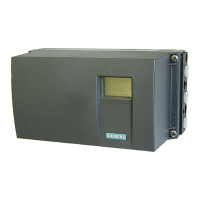
